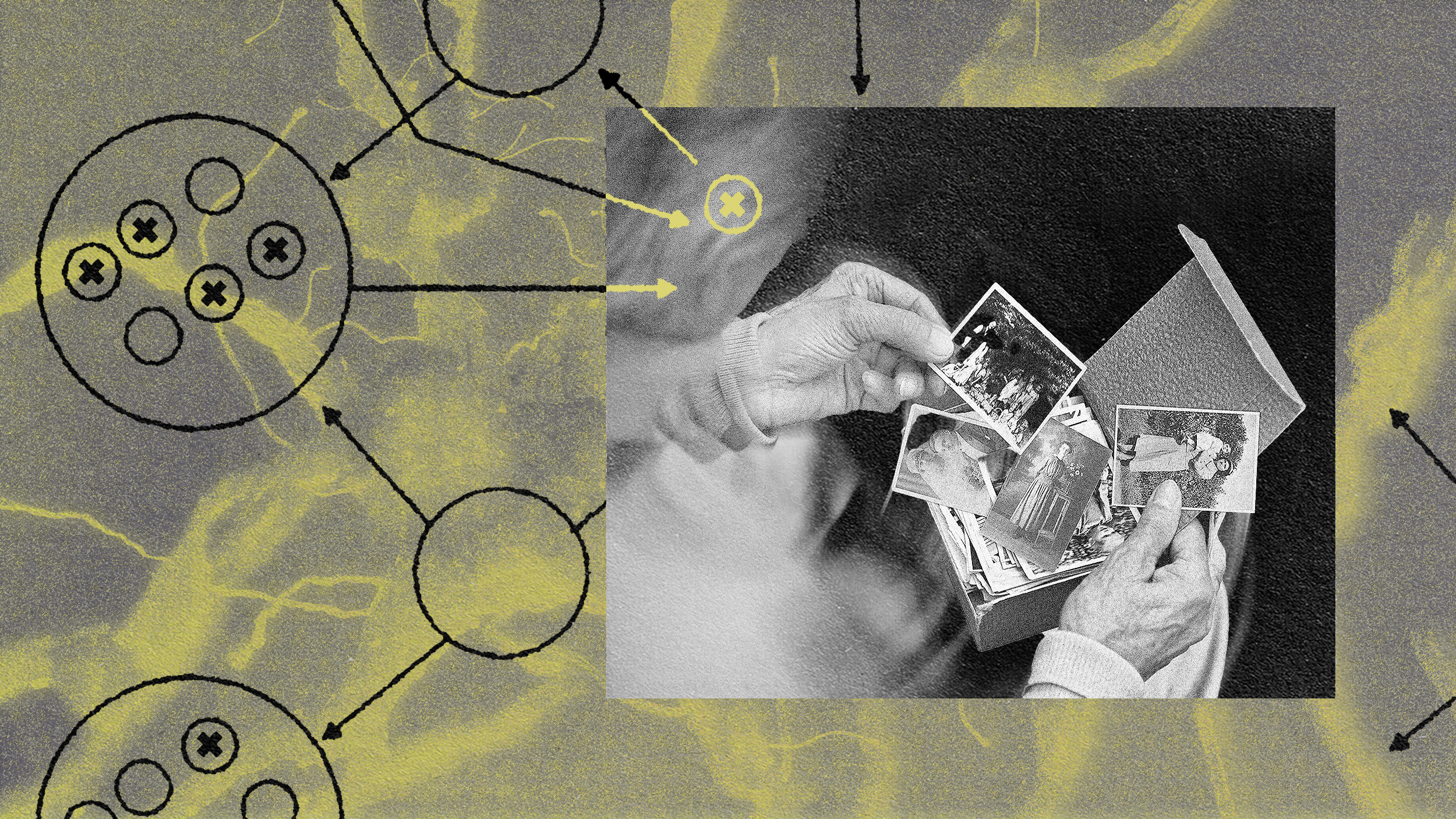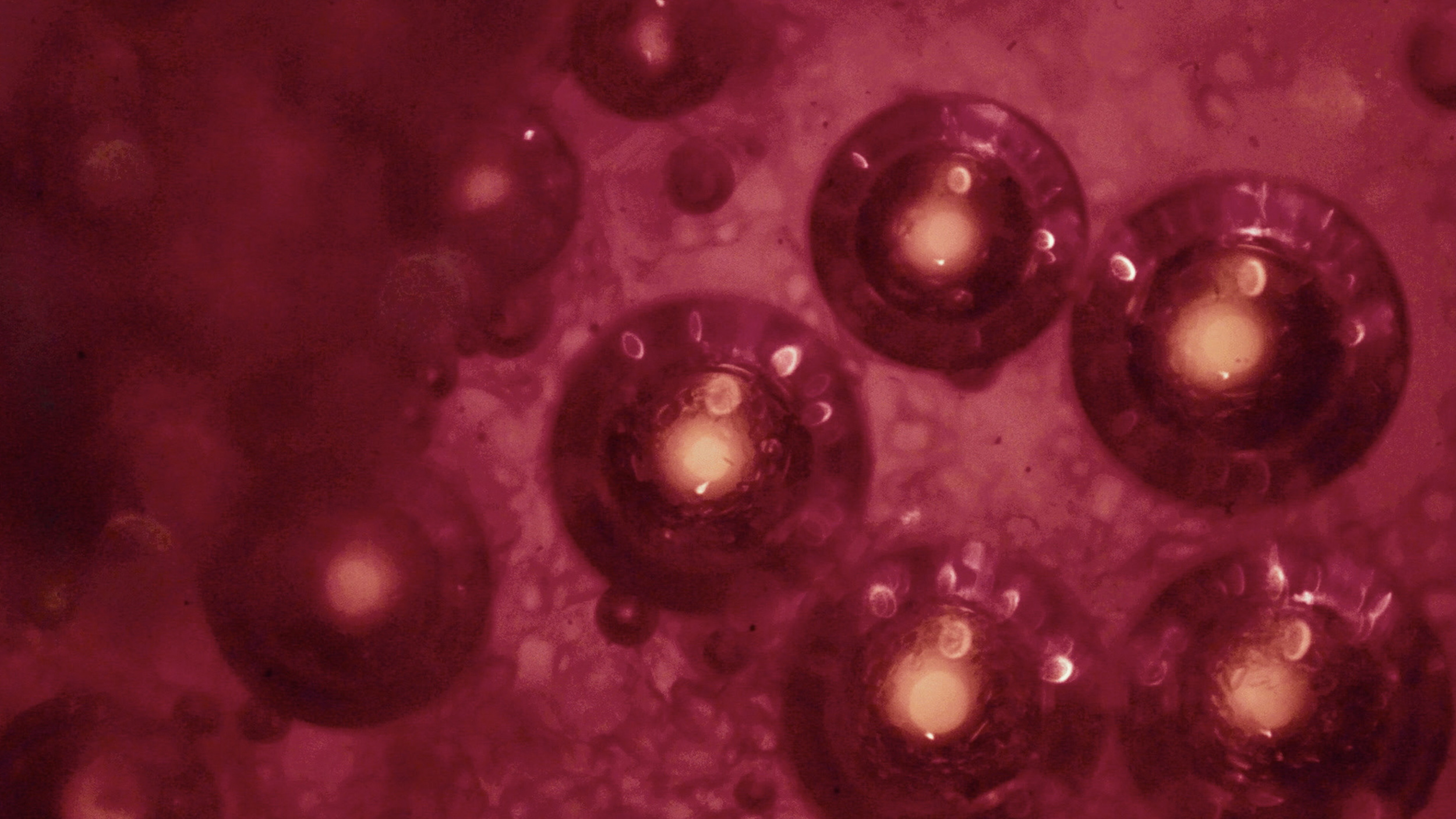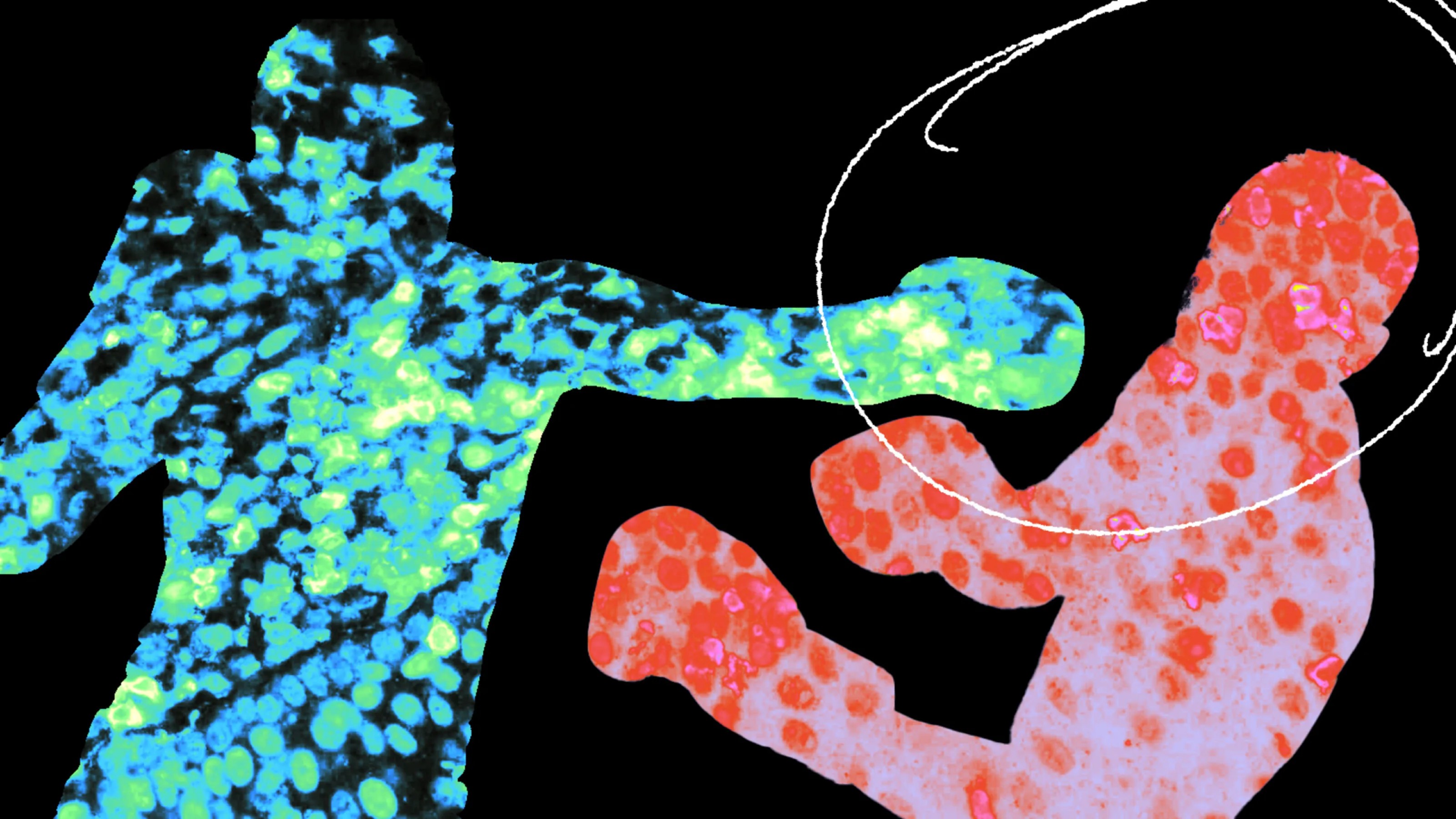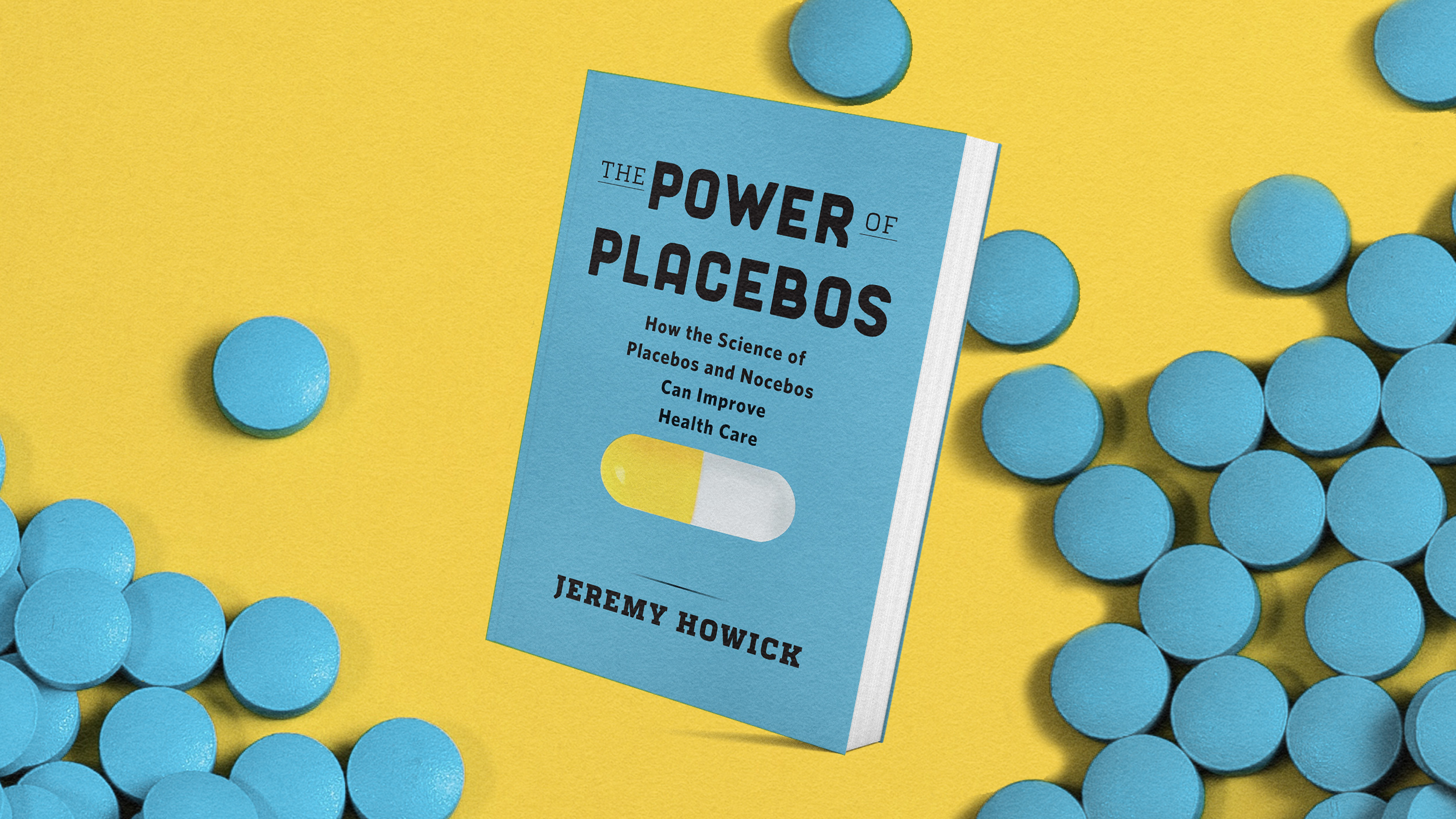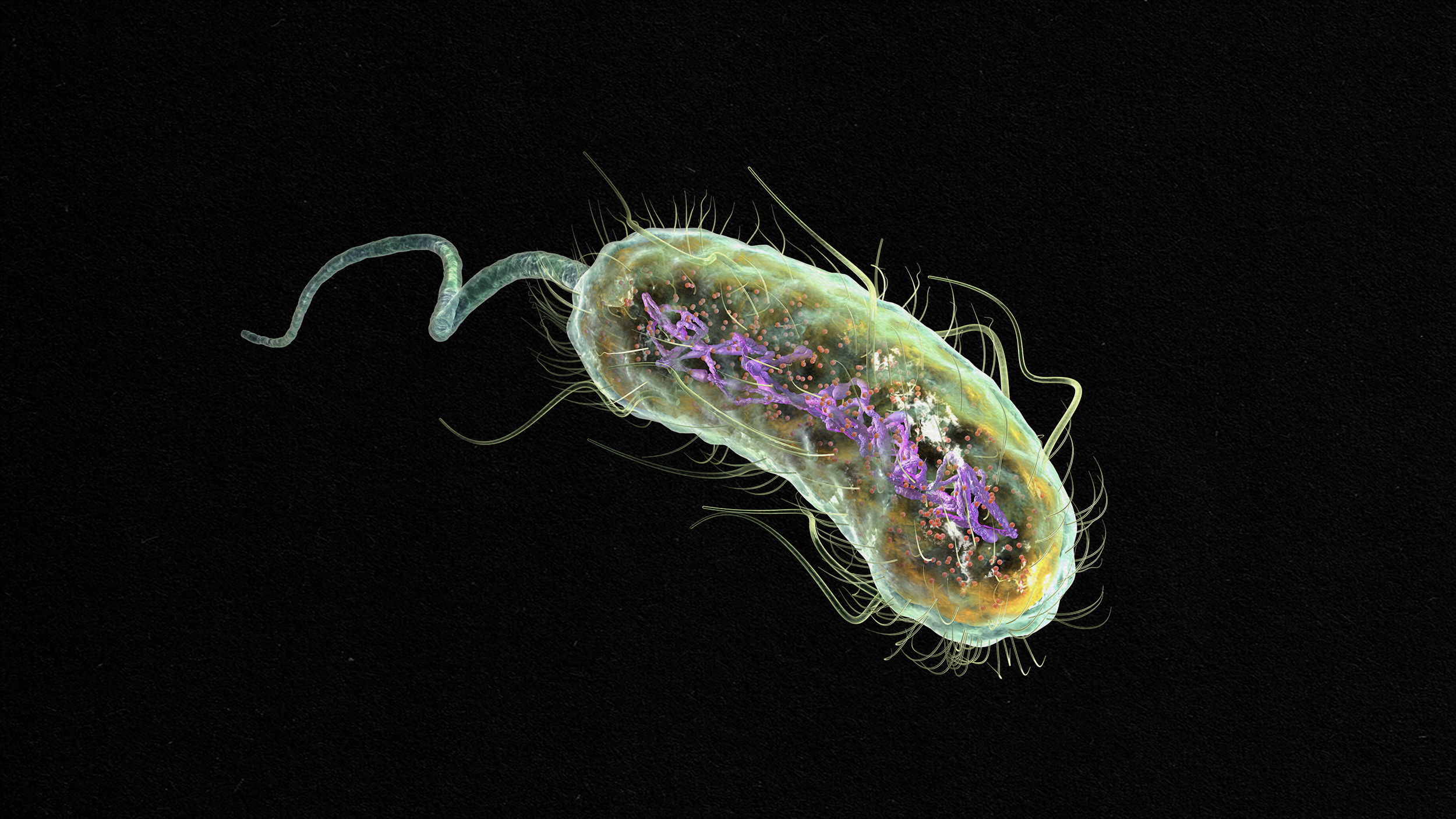One step closer
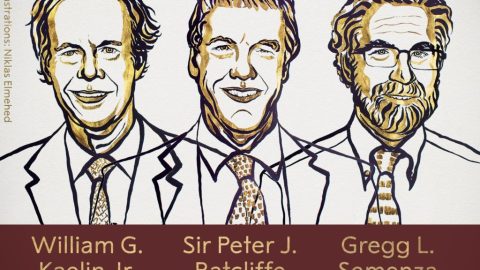
Federally funded basic research sometimes gets a bad rap from taxpayers, but as this year’s Nobel Prize in Physiology or Medicine demonstrates, it often leads to discoveries that benefit humankind in unexpected ways. Likewise, the promise of prize money can leave critics wondering about scientists’ motivations, but prizes can help focus the public’s and politicians’ attention on important, but obscure innovations.
The 2019 prize was awarded October 7 to three scientists—William G. Kaelin Jr., Sir Peter J. Ratcliffe, and Gregg L. Semenza—for their discoveries of how cells sense and adapt to oxygen availability.
(Credit: Niklas Elmehed)
The three scientists’ work, conducted separately over decades, might not sound as exciting as, say, discovering a cure for breast cancer or reversing the effects of dementia. But headline-making breakthroughs can’t happen without basic, yet vital advances in science and medicine.
“If you think of the main causes of death in the U.S., three out of five are related to lack of oxygen,” including heart attack, stroke and respiratory diseases, UC San Francisco physiology researcher Isha Jain told the Washington Post. “Understanding how the body senses and responds to low oxygen is pretty fundamental to all these diseases.”
As reported in Science, the joint research into how cells detect oxygen and react to low oxygen levels in tissues (a condition known as hypoxia) “has led to a better understanding of how more than 300 genes in the body are regulated, including the one for the hormone erythropoietin (EPO), which controls the production of red blood cells.” (That’s a 3D rendering of an EPO protein hormone at the top of this page.)
Celeste Simon, a cellular biologist at the University of Pennsylvania Perelman School of Medicine, told the journal it’s difficult to overestimate the role hypoxia plays in disease. “Oxygen limitation is a part of virtually all diseases, not just solid tumors or stroke, but inflammation, wound healing, peripheral arterial disease.”
Applications of the findings are already beginning to affect how medicine is practiced, hypoxia researcher and prize committee member Randall Johnson of the Karolinska Institute in Stockholm told Science.
Kaelin, professor of medicine at Dana-Farber Cancer Institute and Brigham & Women’s Hospital Harvard Medical School, studies von Hippel-Landau disease, a rare, genetic cancer that involves overproduction of EPO. He told The New York Times he followed a hunch about what was going wrong.
Semenza, professor of genetic medicine at Johns Hopkins, studies the gene that guides production of EPO. Once activated, it causes the body to produce more oxygen carrying red blood cells. He wondered how the switch turned on when the body is deprived of oxygen.
Semenza told The Times his life was changed by a high school teacher who “transmitted the wonder and joy of science and scientific discovery.” But when a friend’s child was born with Down syndrome, he went from “being interested in genetics as kind of a scientific discipline to thinking about the impacts of genetics on people.”
Ratcliffe, a kidney specialist who is director of clinical research at the Francis Crick Institute in London and director of the Target Discovery Institute at Oxford, was “fascinated by the way the organs regulate production of EPO in response to the amount of oxygen available.” Although some colleagues dismissed the work as unimportant, he persevered. “The research is an illustration of the value of basic research … We make knowledge. That’s what I do as a publicly funded scientist. It is good knowledge. It is true. It is correct.”
Altruism, wonder, and joy
These Nobel Laureates may have dreamed of getting the call from Sweden over the course of their careers, but their motivations clearly lay elsewhere, in curiosity, altruism, wonder, and joy. Those attributes combined with instinct, perseverance, collaboration, and hard work tell a common story among scientists, as an elite group described in this video produced by the American Association for the Advancement of Science (AAAS) about scientists’ delight in their work.
Johnson described the trio’s work to The New York Times as a “textbook discovery” and said it would be “something students would start learning at the most basic levels of biology education.” Professor Bridget Lumb, president of the Physiological Society said the prize is “a celebration of a fundamental biological mechanism, according to The Guardian.
“If we define the public good as a cure for cancer, or a treatment for Alzheimer’s, or the solution to global warming, it is difficult to know which lines of research will be beneficial. However, if we define the public good as a wealth of knowledge that we can apply to solving the world’s issues, then scientific research, including basic research, is guaranteed to contribute,” Emily Low wrote in a 2016 Harvard University article that explored the implications of the 1978 prize.
That 1978 prize was given for the discovery of restriction enzymes and their applications for problems of molecular genetics, but according to Low the scientists who made the discovery were not originally searching for ways to “cut” DNA, which is what restriction enzymes do. Nobel Laureate Werner Arber said he had been “sidetracked” for years by an interest unrelated to his primary research.
“If restriction enzymes are axes, CRISPR is a laser scalpel,” James MacDonald wrote in JSTOR Daily earlier that year. Compared to what CRISPR can do, restriction enzymes are primitive, he said. “And yet we shouldn’t undermine their importance. The completion of the Human Genome Project, which is a comprehensive sequencing of the entire genome, wouldn’t have been possible without restriction enzymes. But, as is the case with science, new developments and discoveries adjust our understanding.”
This year’s $918,000 shared Nobel Prize is just one example of how such awards and grants, large and small, can spur scientific discovery. (For added context, Kaelin has received more than $30 million from the NIH over the course of his career while Semenza has received more than $20.3 million.)
Holger Breithaupt addressed the topic in a 2005 article in the microbiology journal EMBO Reports, writing: “Not only do prizes mean a sudden and unsuspected infusion of cash for those who win them, but—more significantly—they identify both scientific excellence and important research topics and can thus help to overcome deeply entrenched dogmas in the scientific community. Sometimes, they also send an important signal to the public and politicians.”
Christine A. DiPasquale is a widely published journalist and former Director of Communications for the AAAS program of Dialogue on Science, Ethics, and Religion (DoSER).
The post One Step Closer appeared first on ORBITER.
